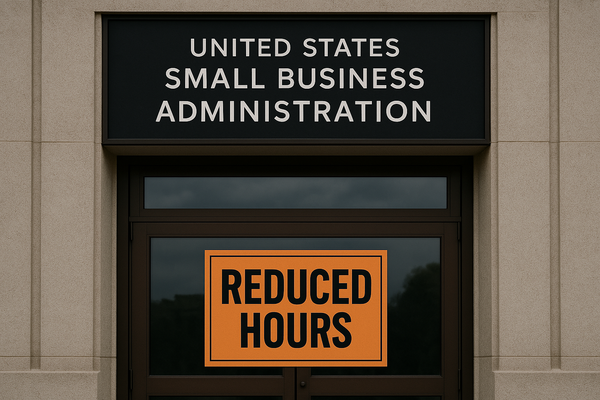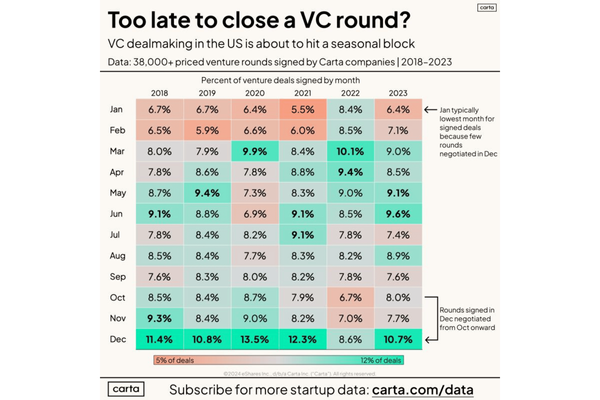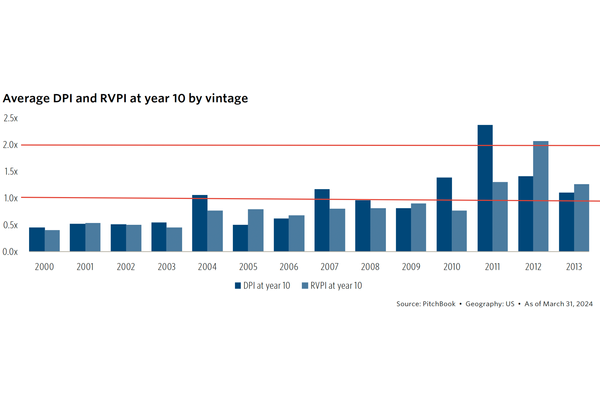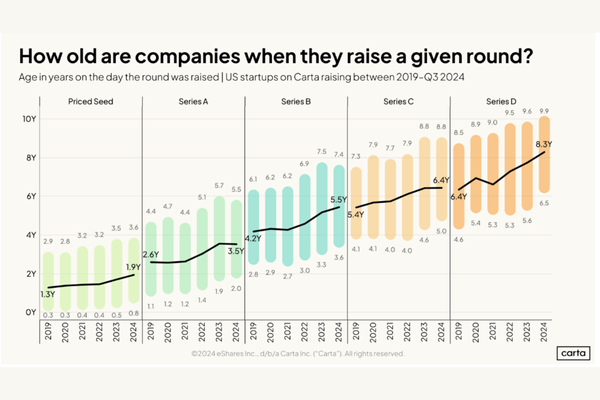Finding Sustainable Growth Before Your Next Fundraise
David Frankel, a Managing Partner at Founder Collective, posted an interested tweet last Friday.
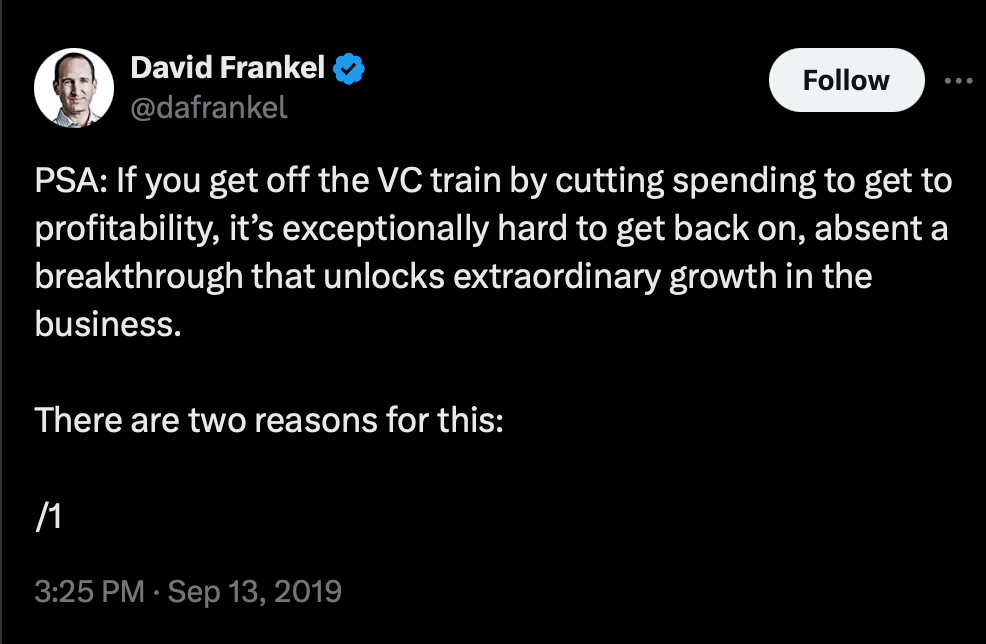
His point was that if you pull back too hard on growth to try to get to profitability, growth might slow to the point where you will find it very difficult to get back onto the venture capital path to raise another round of funding.
He's right. It's one of the hardest parts of navigating the growth path as a venture backed company.
Venture capital is built to fund high-growth companies. I've written in the past about the pressure on companies to keep that revenue growth rate high enough to maintain the interest of their current and future investors.
But when you're burning cash at a faster than expected rate, and the fundamentals of your business are getting worse, you have a critical choice to make. Pull back on growth and cash burn to give your company time to find a more sustainable path, or push down on the gas and try to get to your next round of funding.
This is why being a founder is so damn hard. These are the constant pressures weighing on every decision you make.
There is no one size fits all answer for a startup in this situation. It can depend on how much cash runway you have left, the amount of funding you've already raised, and the target funding stage of your next round.
Most important of all is whether you have signs of product-market fit that you can lean into before the cash runs out. Often, amidst the sea of unfavorable metrics and the wreckage of burning cash, there is one bright spot that represents a possible path forward. A glimmer of positive user engagement, reasonable LTV:CAC ratios, and margin expanding growth rates.
You don't necessarily need to pull all the way back to profitability. There is a tradeoff here between growth rates, cash flow, and sustainable growth. But you need to give yourself as much runway as possible to find that more sustainable growth path. A few specific tactics can go a long way:
Shorten the time frame of your LTV calculation
If you are calculating lifetime value over 3 years and you have less than a year of cash left, you're not going to be around long enough to realize that value. Every marketing dollar you spend is accelerating your rate of cash burn. Shorten the time frame and reduce your marketing spend accordingly. You'll still be investing in growth but at a more reasonable, sustainable rate.
Stop investing in the least promising paths to your market
If you are investing in more than one path to market, or multiple products or services, take a hard look to see if one of those paths might be dragging the company down. Pull back there, and give yourself room to focus and lean in on the more productive path. You're pulling back on one growth lever but pushing down on another.
Recognize that you hired too fast
A common mistake startups make when they raise their first significant round is to hire too fast across the company. Funding rounds have all gotten bigger over the past decade. It creates pressure on the founders to try to deploy this cash before they are ready. If you don't have true product-market fit yet, you don't need a fully developed, and expensive, sales team. Perhaps you shouldn't be running ads on billboards and subways for a product that isn't mature yet. You might not be able to support three fully staffed tech and product pillars to develop different versions and add-ons for your product when the core product has no traction.
Put all three together to reduce costs and accelerate growth
When you're staring at a rapidly shrinking cash balance and stalling growth, it can be very difficult to see a way to pull back and still lean in. But there are often paths to aggressive cost reduction that clear the way to invest in the one path to growth you've been developing all along.
The obvious risk is that if you pull back and pick the wrong place to lean in, growth will continue to slow. You might not have the metrics you need to raise that next round.
The alternative is to close your eyes, ramp up the bravado, push on the gas, and hope you arrive at your next round of funding without hitting a wall. Go big or go home. It's a high-risk strategy. You're piling cash into customer acquisition to fill an increasingly leaky boat.
There are many problems with this approach. The one we talk about the least is the pressure it puts on a founder's mental health. It's a strategy built on hope. And as the metrics continue to deteriorate and cash balances get smaller, the pressure will build.
I think it's far healthier to recognize the problem, take the wheel, and take decisive action.

